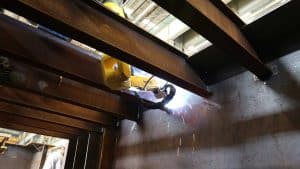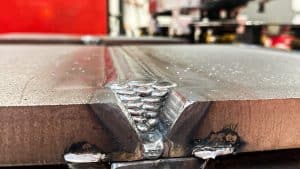
Cutting the Costs: How Robotic Welding Reduces Post-Weld Grinding in Shipbuilding
Post-weld grinding remains an often-overlooked challenge in shipbuilding. While significant efforts are made to improve welding efficiency, the costly and time-consuming process of grinding after





